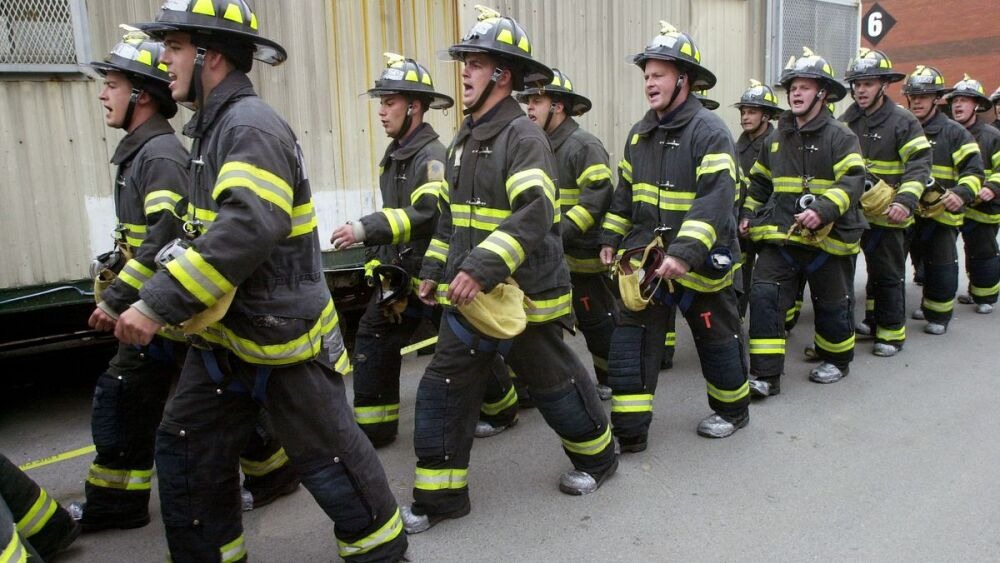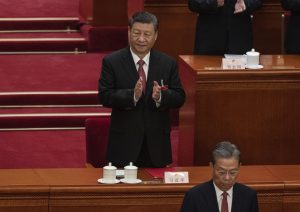The FDNY found itself at the center of a controversy involving the “Thin Red Line” flag, a symbol of solidarity among firefighters after orders were issued to remove it from an East Village ladder company.
This directive was issued in response to a complaint initially raised by a concerned constituent, which the office of Democratic Councilwoman Carlina Rivera relayed.
The constituents’ worry was communicated through an email from Rivera’s office to the FDNY’s Intergovernmental Affairs Coordinator, who questioned the appropriateness of displaying what they perceived as a politically charged symbol on a public vehicle.

FDNY Firefighters flag (Credits: WEYI)
The query highlighted a preference for using an official FDNY flag over the “Thin Red Line” flag to honor fallen firefighters, suggesting that the latter might contravene department policies against displaying private political symbols on public vehicles.
The “Thin Red Line” flag is a firefighter-centric variant of the “Thin Blue Line” flag, which gained visibility in 2020 during nationwide discussions and protests about police reform following George Floyd’s death in police custody.
In reaction to such debates and alignment with departmental policy against altered U.S. flags, then-Commissioner Daniel Nigro had previously set a rule that fire trucks were not to display “Thin Red Line” flags.
Following the constituent’s complaint, FDNY Deputy Chief Joseph Schiralli informed the firefighters at the concerned firehouse that the flag had to be removed, a decision that he reportedly described as “ridiculous” but necessary.

FDNY Firefighters EMT (Credits: EMS1)
This incident sparked considerable discussion and backlash on social media platforms. Conservative activist Rogan O’Handley, known online as @DC_Draino, highlighted the removal of the flag on X (formerly Twitter), framing it as an act against memorializing firefighters who died on 9/11.
Councilwoman Rivera clarified that the complaint was initiated by a constituent and not her staff directly, despite her previous support for reducing NYPD funding.
Meanwhile, the FDNY confirmed that it acted upon a complaint from a local elected official’s office, which led to the department’s leadership’s eventual decision to permit the flag on the fire truck. This indicates a reversal or nuanced handling of the initial complaint.
The controversy underscores the delicate balance between honoring public servants and directing the perceptions of symbols in public spaces. It reflects broader national conversations about symbolism, public service, and how communities recognize their heroes.























